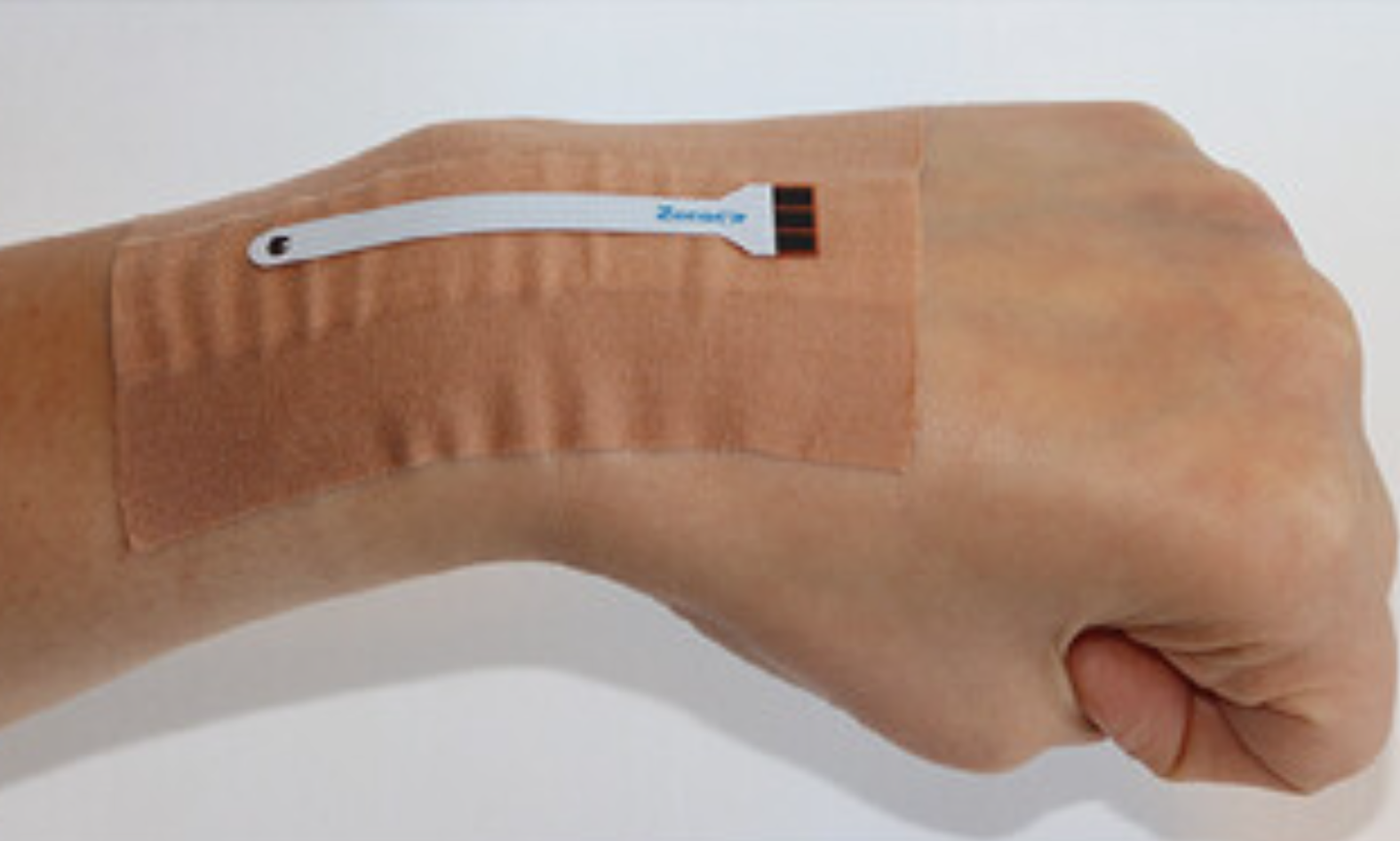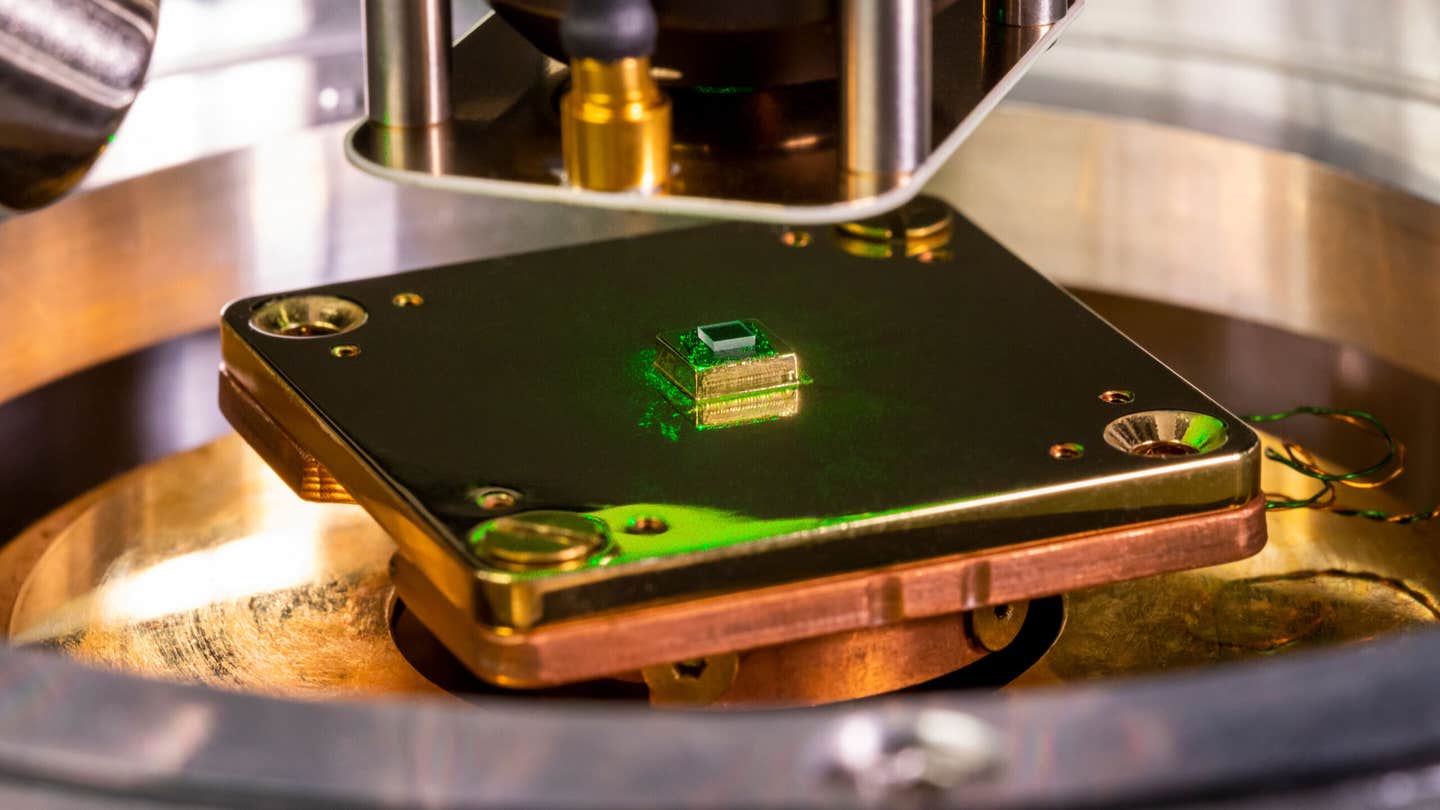New electronic skin heals and adapts like human tissue
Scientists created a smart material that heals, senses, and stretches like skin—opening the door to next-gen soft electronics and healthcare.

A new material acts like human skin—healing, sensing, and adapting for use in robotics, wearables, and medical tech. (CREDIT: Advanced Science)
What if electronics could bend, heal, and adapt like your own skin? Scientists at the Technical University of Denmark (DTU) have moved one step closer to that goal with a new material that mimics the feel, function, and resilience of living tissue. It's soft, stretchable, self-repairing, and able to sense changes in its surroundings—traits that rigid electronic materials have never mastered together before.
Today’s electronic devices rely on hard, brittle materials that break easily and struggle in unpredictable environments. Once damaged, they stop working. Even newer soft materials that respond to touch or heat still fall short. They often can't heal themselves or stretch and flex without losing strength. They also fail to blend their abilities into one unified design that scales up for real-world use.
But this new innovation from DTU changes that. The research team has used a mix of graphene and a polymer called PEDOT:PSS to turn a jelly-like base into something extraordinary. The result is a strong yet flexible material with many lifelike qualities. It heals fast, senses pressure and temperature, and adjusts to the world around it. This could open new doors for everything from medical gear to shape-shifting robots.
Stronger Together: Graphene Meets PEDOT:PSS
The key to this leap forward lies in the combination of two standout materials. Graphene is a form of carbon just one atom thick. Despite being so thin, it is incredibly strong and conducts electricity well. PEDOT:PSS, a transparent, stretchy polymer, is also known for its conductivity and is often used in flexible electronics and solar cells.
By blending these two, the DTU researchers created a new kind of filler—graphene-PEDOT:PSS. It transforms the weak, gelatinous material it’s added to into something with skin-like qualities. That means it’s not just tough and stretchy—it’s also smart. It can react to touch, heal quickly, and even regulate heat like your own skin does.
Alireza Dolatshahi-Pirouz, Associate Professor at DTU Health Tech and the lead author of the study, explains it like this: “The devices that exist today and have self-healing, soft, and responsive properties often fail to seamlessly integrate all these attributes into a single, scalable, and cohesive platform. And that is what I believe we have accomplished.”
Related Stories
- Scientists recreate cellular metabolism within synthetic cells
- Gene therapy restores hearing in deaf children and adults
Healing in Seconds, Stretching Like Skin
One of the most exciting parts of this material is its ability to repair itself. If it gets torn or scratched, it heals in seconds—just like human skin. That makes it ideal for use in wearables or soft robots, which need to survive bending, pulling, and everyday wear and tear.
It can also stretch up to six times its original length and still return to shape. That kind of flexibility is rare and valuable. Most electronics lose function when stretched or bent. But this material keeps working, even when pushed to its limits.
It also handles temperature well. It can sense heat, pressure, and even pH changes in its environment. This makes it perfect for health monitoring systems. Imagine a bandage that tells doctors how your wound is healing, or a wearable device that tracks your heart rate and adjusts to your body temperature in real time.
“Space suits spring to mind,” says Dolatshahi-Pirouz, “but I believe that we will find the most relevant uses for the individual citizen within healthcare.” He adds, “We could, for instance, incorporate it in bandages that would monitor how a wound is healing, or in devices that continuously track heart rate and temperature. The stretchable nature of the material makes it ideal for minimally invasive surgery or implantable applications. And we could easily imagine prosthetics that are more comfortable to wear and have better performance.”
Smarter Wearables, Softer Robots
Because this material is flexible, soft, and highly responsive, it could reshape many industries. In robotics, it could help machines move more naturally and sense their surroundings like animals do. A soft robot built from this material could change its shape or recover from injuries on its own, adapting to rough terrain or delicate tasks with ease.
In healthcare, its uses are wide-ranging. It could wrap around a person’s arm like a second skin, tracking vital signs without causing discomfort. It could line the inside of surgical tools or be used in implants that stretch and shift with the body. Its comfort and performance could make prosthetic limbs more lifelike and easier to wear. It’s even 3D-printable, meaning custom shapes and designs can be made quickly for many different uses. Whether it's a smart patch, a flexible sensor, or an entire robotic limb, this material can take the form needed and still deliver performance.
From Lab to Life
The research team is now working on how to make this material on a larger scale. The goal is to move from lab samples to products people can use. That means testing how it holds up over time, improving how it’s made, and finding partners who can help bring it into the real world.
One major challenge in science and technology is bridging the gap between nature and machines. Living tissue is tough, smart, and adaptable. Machines aren’t—at least not yet. But this development gets much closer to that dream. It offers a material that mimics biology while still fitting within the world of electronics.
As research continues, this skin-like material could become part of daily life. Whether helping a robot move more smoothly or a patient heal faster, it shows that science is finding new ways to blend the synthetic with the natural.
Research findings are available online in the journal Advanced Science.
Note: The article above provided above by The Brighter Side of News.
Like these kind of feel good stories? Get The Brighter Side of News' newsletter.



